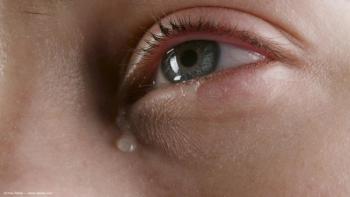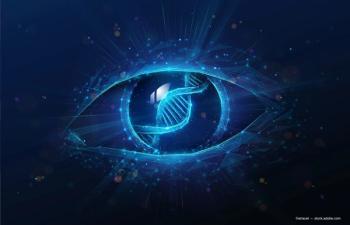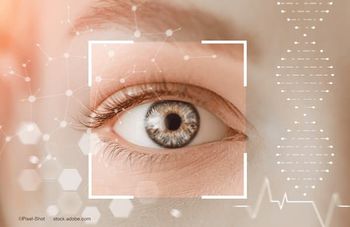
AAO 2025: Retinal manifestations of antipsychotic medications
Sharon Fekrat, MD, FACS, FASRS, shared insights at the American Academy of Ophthalmology (AAO) 2025 meeting in Orlando on the retinal manifestations of antipsychotic medications—a topic with important clinical implications for retina specialists.
Antipsychotic drugs, used to treat conditions such as schizophrenia, bipolar disorder, and stimulant-induced psychosis, fall into two main categories: first-generation (typical) and second-generation (atypical) agents.
Among first-generation drugs, thioridazine is the most well-known for its retinal toxicity. “It can begin as a mild pigmentary and granular retinopathy—often temporal to the macula—and progress to nummular atrophy of the retinal pigment epithelium and choriocapillaris,” Fekrat explained. Although thioridazine was discontinued in 2005, she noted that delayed retinal toxicity can still occur in patients previously exposed to the drug or its generics. Toxicity risk rises with daily doses over 800 mg.
Second-generation antipsychotics, such as risperidone (Risperdal), are less likely to cause retinal toxicity, though cystoid macular edema has been reported in rare cases.
Fekrat also discussed psilocybin (“magic mushrooms”), noting that while it is sometimes used for self-medication, it has no known retinal toxicity.
She emphasized the importance of maintaining awareness of medication-induced retinal changes: “As retina specialists, we should always keep systemic medications in mind when evaluating unexplained retinal findings.”
Newsletter
Don’t miss out—get Ophthalmology Times updates on the latest clinical advancements and expert interviews, straight to your inbox.








































